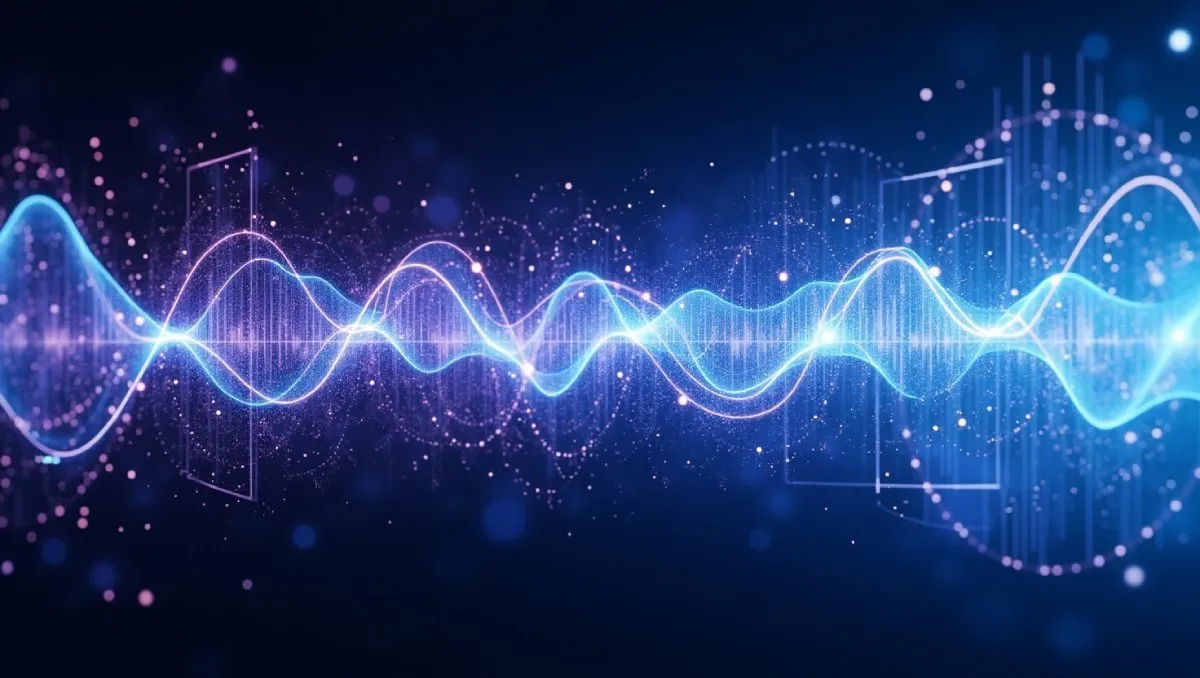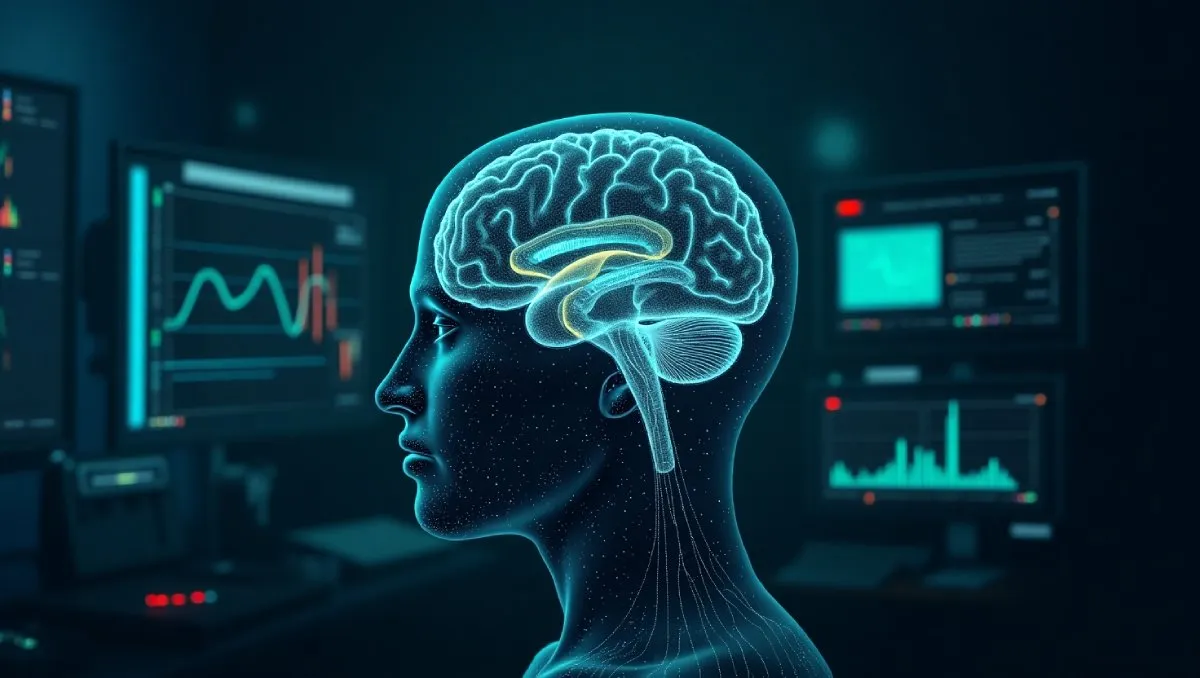Binaural beats have taken the wellness and productivity world by storm. Whether you’re a seasoned meditator looking to deepen your practice, a student aiming for laser-sharp focus, or someone searching for better sleep, you might be asking yourself, "what binaural beats should I use?" In this comprehensive guide, we’ll explore various types of binaural beats, their applications, and how to choose the right ones for your needs—all while naturally integrating keywords like binaural headphones, binaural beats meditation, binaural frequencies, binaural entrainment, binaural lucid dreaming, and many more.
Understanding Binaural Beats and Their Benefits
What Are Binaural Beats?
Binaural beats are an auditory phenomenon that occurs when two slightly different frequencies are played into each ear via binaural headphones. Your brain then processes the difference between these frequencies as a third, rhythmic beat. This phenomenon, known as binaural entrainment, is believed to help synchronize your brainwaves to a desired state, whether that’s relaxation, focus, or deep sleep.
The Science Behind Binaural Frequencies
Different binaural frequencies are associated with different brainwave states:
- Delta (0.5–4 Hz): Promotes deep sleep and restorative relaxation.
- Theta (4–8 Hz): Ideal for meditation, creativity, and binaural lucid dreaming.
- Alpha (8–13 Hz): Supports a relaxed, meditative state, often used in binaural beats meditation.
- Beta (13–30 Hz): Enhances alertness and concentration, perfect for binaural study beats.
- Gamma (30–100 Hz): Linked with high-level cognitive functions and mental clarity.
A well-curated binaural frequencies list or binaural frequencies chart can help you determine which frequencies align with your specific goals.
Finding the Right Binaural Beats for Your Needs
Binaural Beats for Sleep
If you’re struggling with insomnia or poor sleep quality, you might be wondering, "what binaural beats should I use for sleep?" Many users turn to binaural sleep sounds and binaural audio for sleep tracks that utilize delta or low theta frequencies. These frequencies are believed to induce a state of deep relaxation, allowing the brain to transition smoothly into a state conducive to sleep. Look for tracks labeled as binaural sleep or binaural music for sleep that are designed to help calm the mind and body before bedtime.
Best Practices for Using Binaural Sleep Sounds
- Use quality binaural headphones: This ensures the distinct frequencies reach each ear without interference.
- Set a comfortable volume: Keep the volume moderate to avoid overstimulation.
- Combine with a consistent sleep routine: Incorporate these beats into your nightly ritual to enhance their effect.
Binaural Beats for Meditation
For those who practice binaural meditation, choosing the right frequency is crucial. Many users prefer alpha waves for relaxation or theta waves for a deeper meditative experience. Binaural beats meditation tracks often incorporate soothing soundscapes along with rhythmic beats to guide your brain into a meditative state.
Tips for Binaural Meditation
- Experiment with different frequencies: Try both alpha and theta waves to see which helps you achieve a more mindful state.
- Create a dedicated space: Use these tracks in a quiet, comfortable environment.
- Focus on deep, even breathing: Enhances the meditative effects of binaural entrainment.
Binaural Beats for Studying and Focus
Students and professionals frequently ask, "what binaural beats should I use for studying?" Binaural study beats are typically designed to promote beta wave activity, which is linked to heightened alertness and concentration. These beats can help reduce distractions and improve cognitive performance, making them an ideal companion during study sessions or while working on demanding tasks.
How to Use Binaural Study Beats Effectively
- Use during dedicated study times: Ensure you’re in a distraction-free environment.
- Pair with regular breaks: To maintain productivity and avoid mental fatigue.
- Choose tracks with minimal ambient noise: Allowing the brain to focus solely on the entrainment process.
Binaural Beats for ADHD and Cognitive Support
There’s growing interest in whether binaural beats adhd can help individuals manage attention-related challenges. Some studies and anecdotal reports suggest that certain beta wave frequencies might assist in enhancing concentration and reducing hyperactivity. However, responses can be highly individual, so it’s essential to experiment with different tracks to determine what works best for you.
Recommendations for ADHD Support
- Start with lower beta frequencies: Gradually move to higher frequencies if needed.
- Monitor your response: Adjust the session length and frequency based on how you feel.
- Consult a professional: If you’re using binaural beats as part of a broader strategy for managing ADHD, professional guidance can be beneficial.
Binaural Beats for Creative Exploration and Lucid Dreaming
For those interested in binaural lucid dreaming, certain theta frequencies are particularly effective. These beats can help you enter a state of relaxed awareness, conducive to vivid dreams and heightened creativity. Many creative professionals and dream enthusiasts use binaural lucid dreaming tracks to tap into their subconscious and enhance creative problem-solving.
How to Enhance Lucid Dreaming with Binaural Beats
- Listen before sleep: Use tracks designed for deep relaxation and dream induction.
- Keep a dream journal: Record your dreams to track patterns and insights.
- Experiment with different theta frequencies: To find the one that best supports your lucid dreaming practice.
Binaural ASMR and Relaxation
Another popular application is binaural asmr. ASMR (Autonomous Sensory Meridian Response) videos often incorporate binaural beats to enhance the tingling sensations many viewers experience. These tracks can be especially effective when paired with soft-spoken narration or gentle ambient sounds, creating a deeply relaxing sensory experience.
Enhancing Your ASMR Experience
- Invest in high-quality binaural headphones: Essential for capturing the full depth of ASMR triggers.
- Adjust the volume to a comfortable level: Ensuring the sounds are soothing rather than overwhelming.
- Explore different ASMR triggers: See which binaural beats best complement your favorite ASMR sounds.
Exploring Binaural Technologies and Tools
Binaural Headphones and Amplification
For the full effect of binaural beats, the quality of your binaural headphones is paramount. These headphones deliver separate sound channels to each ear, which is essential for creating the binaural effect. Additionally, binaural amplification devices can enhance the clarity and intensity of the beats, ensuring you receive the optimal auditory experience.
Choosing the Right Equipment
- Look for headphones with excellent channel separation: This ensures the left and right ear frequencies do not mix.
- Consider comfort and durability: As you may use them for extended periods during meditation or study sessions.
- Read reviews on binaural tech: Many products are designed specifically for binaural audio for sleep or binaural meditation, so choose one that fits your intended use.
Advances in Binaural Hearing Aids and Technologies
The field of binaural technologies extends beyond entertainment and wellness. Binaural hearing aids are now incorporating advanced algorithms that mimic natural hearing, providing a more immersive and natural sound experience. Similarly, innovative applications like binaural on stethoscope technology are being explored in medical settings to improve diagnostic accuracy.
The Future of Binaural Tech
- Integration with virtual reality (VR): Enhances immersive experiences by using realistic soundscapes.
- Development of smart binaural devices: That adjust frequencies based on real-time feedback from your brainwaves.
- Continued research into binaural entrainment: Which may unlock new applications in mental health and cognitive enhancement.
Creating Your Personal Binaural Beats Playlist
Assessing Your Goals and Needs
Before diving into the world of binaural beats, it’s crucial to understand your primary goals. Are you looking for better sleep, enhanced focus, or deeper meditation? Your answer will guide you in selecting the appropriate binaural frequencies.
- For sleep: Focus on delta and low theta waves.
- For meditation: Experiment with alpha or mid-theta frequencies.
- For studying: Beta waves are generally recommended.
- For lucid dreaming: Explore deeper theta wave options.
Curating a Binaural Frequencies Chart
A binaural frequencies chart can be an invaluable resource as you build your playlist. Such charts list various frequencies and the corresponding brainwave states they target, making it easier to select tracks that match your desired outcome. Many websites and apps offer curated playlists and binaural frequencies lists that cater to different needs, ensuring you have a diverse selection at your fingertips.
Experimentation and Personalization
While scientific studies offer general guidelines, personal experimentation is key. What works well for one person might not have the same effect on another. Here are some tips to help you find your perfect binaural beats:
- Try different durations: Some users find that short 10–15 minute sessions are sufficient, while others may benefit from longer exposures.
- Mix and match frequencies: Create a personalized playlist that transitions smoothly from relaxation to focus.
- Keep a journal: Track your responses to different tracks. Note how you feel before and after each session—this can help refine your choices over time.
Frequently Asked Questions About Binaural Beats
What Binaural Beats Should I Use for Meditation?
For meditation, many users prefer binaural beats meditation tracks that focus on alpha or theta frequencies. These frequencies can help induce a relaxed state conducive to mindfulness and inner exploration.
Can I Use Binaural Beats with Binaural ASMR?
Absolutely. Binaural asmr is designed to create tingling sensations and deep relaxation. Pairing ASMR triggers with the right binaural beats can enhance your sensory experience.
Are There Binaural Beats for ADHD?
Some studies and anecdotal reports suggest that specific beta wave frequencies may help with concentration and focus, making them potentially beneficial for individuals with ADHD. However, responses can be highly individual.
What Equipment Do I Need?
To fully experience the benefits of binaural beats, invest in high-quality binaural headphones. These ensure that the left and right ear frequencies are properly isolated, which is critical for effective binaural entrainment.
Can I Use Binaural Beats for Sleep?
Yes! Tracks labeled as binaural sleep or binaural music for sleep are specifically designed to promote deep relaxation and help you transition into a restorative sleep cycle.
Expert Tips for Optimizing Your Binaural Beats Experience
Invest in Quality Equipment
Using high-quality binaural headphones is non-negotiable. Not only do they ensure optimal sound separation, but they also provide comfort during extended listening sessions. Look for models that are praised for their clarity and durability.
Create a Relaxing Environment
Whether you’re engaging in binaural meditation or using binaural audio for sleep, setting up a quiet and comfortable space can dramatically enhance your experience. Dim the lights, eliminate distractions, and consider using additional ambient sounds if they help you relax.
Monitor and Adjust
Keep track of how different binaural frequencies affect your mood and productivity. Adjust the volume, duration, and frequency as needed to find the sweet spot that works best for you. Personalization is key—what works for one person might need tweaking for another.
Explore Complementary Practices
Combine binaural beats with other mindfulness practices such as yoga, deep breathing, or journaling. Integrating these practices can amplify the benefits and help you achieve a more holistic sense of well-being.
Conclusion: Finding the Right Binaural Beats for You
Ultimately, the question "what binaural beats should I use" doesn’t have a one-size-fits-all answer. It depends on your individual goals, preferences, and experiences. Whether you’re interested in binaural lucid dreaming, binaural study beats, or simply enhancing your overall mental state with binaural meditation, the key is to experiment, personalize your experience, and remain mindful of how your body and mind respond.
By understanding the science behind binaural frequencies and binaural entrainment, investing in quality binaural headphones and related binaural tech, and curating a diverse playlist using resources like a binaural frequencies chart, you can tailor your binaural beats experience to meet your unique needs. Always remember that while many users report significant benefits—from better sleep to improved focus—personal experimentation is crucial to determine what works best for you.
With ongoing advancements in binaural technologies and growing scientific interest in the field, the future looks promising for those seeking non-invasive methods to enhance mental clarity, relaxation, and overall well-being. Whether you’re looking to improve your productivity with binaural study beats, dive deeper into mindfulness with binaural meditation, or simply enjoy the calming effects of binaural sleep sounds, there’s a world of possibilities waiting for you.
Embrace the journey of discovery, experiment with different frequencies and practices, and most importantly, listen to your body. Your perfect binaural beats experience is just a few sessions away.



